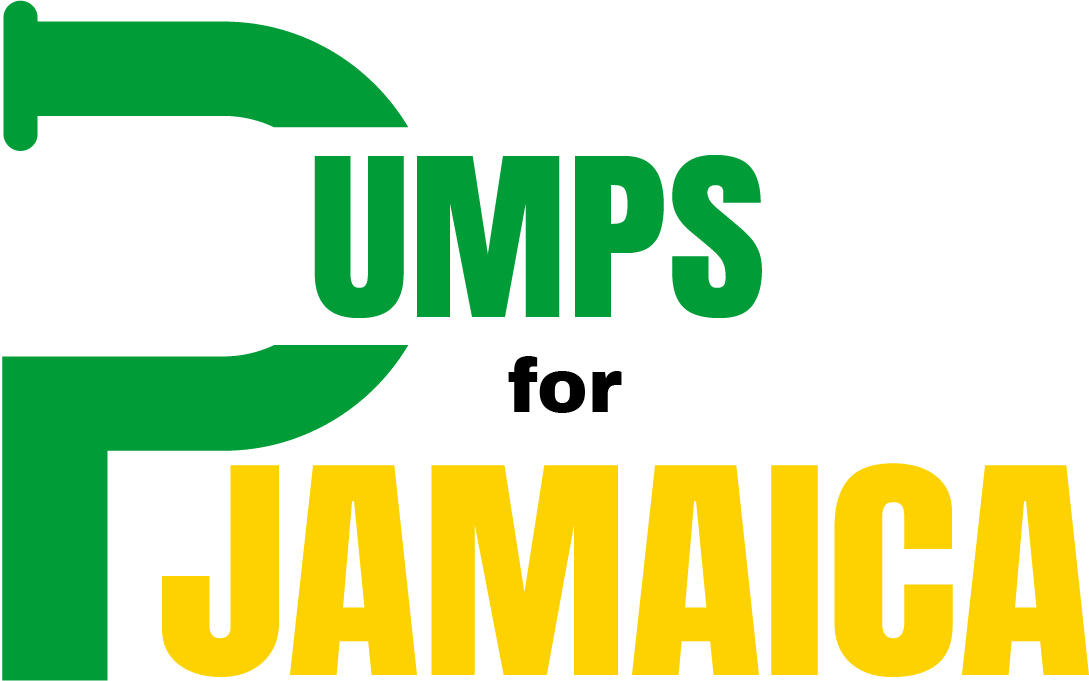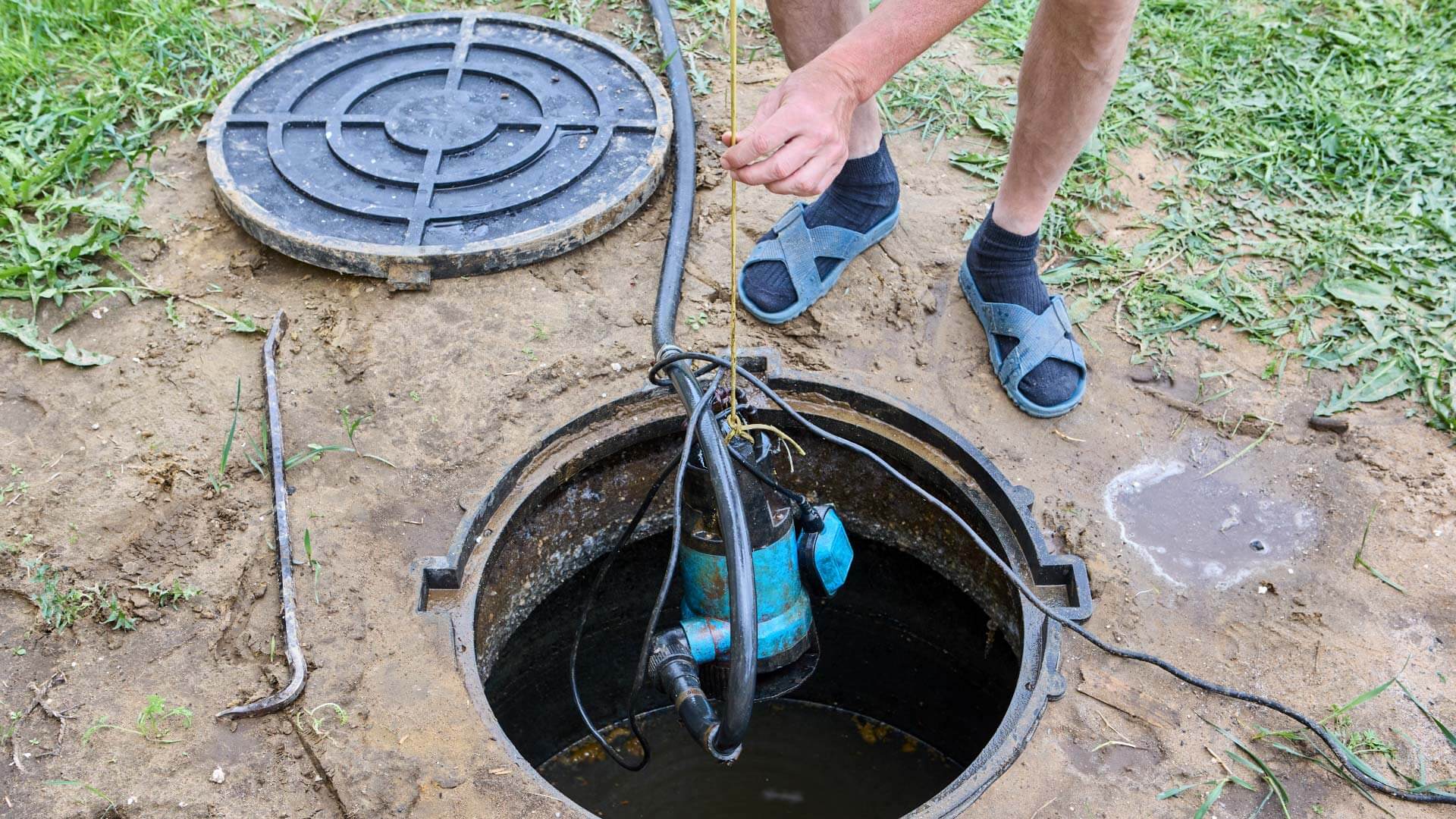Efficient Water Removal Pumps: Top Types for Quick Drainage
Managing excess water quickly and efficiently is critical in situations where rapid drainage is essential, such as after heavy rainfall, on waterlogged construction sites, or during maintenance tasks. In these scenarios, having reliable water removal pumps is indispensable. These pumps provide the power needed to manage large or small volumes of water, preventing potential damage and ensuring safety. This guide explores the top water removal pump types, helping you choose the best pump to remove water effectively and according to your needs. With the right water removal pumps on hand, you’re prepared to handle water-related challenges in any setting.
Importance of Using the Right Water Removal Pumps
Choosing the correct pumps for water removal offers a range of benefits, from saving time to preventing water-related damage. The right water removal pump types are designed for specific tasks, which makes drainage much more effective and reliable. For instance, using a trash pump on a construction site where water may contain debris ensures the pump doesn’t clog and handles the job efficiently. Meanwhile, a submersible pump might be ideal for managing flooded basements or deep pools, as it works fully submerged and can handle large volumes of water. Selecting the appropriate pump to remove water means that you’ll have a dependable solution for various drainage needs, whether in routine tasks or emergency situations. The right water removal pumps make a significant difference in the speed and efficiency of water management.
Top Water Removal Pump Types for Quick Drainage
Different water removal pump types offer distinct advantages based on their design and functionality. Here are four top types that provide efficient and reliable drainage solutions:
- Submersible Pumps
Submersible pumps are designed to operate completely underwater, making them ideal for draining flooded areas. These pumps are efficient for large volumes of water removal and are commonly used in basements, pools, and other deep water applications. The pump is cooled by the surrounding water, allowing it to operate continuously without overheating. This makes submersible pumps one of the most efficient water removal pumps for high-volume tasks. When fully submerged, they create strong suction that enables quick drainage, making them a reliable pump to remove water from deep or submerged areas. Submersible water removal pumps are an excellent choice for high-demand drainage situations. - Centrifugal Pumps
Centrifugal pumps operate by using a rotating impeller to create centrifugal force, which draws water into the pump and expels it through an outlet. These pumps are highly efficient for quick water transfer over shorter distances, making them ideal for shallow floods or scenarios where water needs to be moved horizontally. Centrifugal water removal pumps are best suited for clean water and work well in areas where there isn’t a significant amount of debris. Their speed and reliability make them a popular choice among water removal pump types, especially for situations requiring fast and consistent water movement. These pumps allow for quick action, which is essential in rapid-response situations. - Trash Pumps
Trash pumps are specifically designed to handle water mixed with debris, such as mud, sand, or gravel. This makes them particularly useful on construction sites or in post-flood cleanup scenarios where water often contains solids that would clog other pump types. Trash pumps are powerful and durable, capable of moving larger particles and muddy water, ensuring that they can manage challenging drainage conditions. They are an invaluable pump to remove water in outdoor, rugged environments and are built to withstand heavy-duty tasks. Trash pumps are essential water removal pumps when dealing with contaminated water. - Utility Pumps
Utility pumps are versatile and portable, designed for general-purpose water removal in smaller applications. These pumps for water removal are typically lightweight and easy to set up, making them ideal for residential tasks like draining pools, ponds, or minor water accumulation around the home. Utility pumps are efficient for handling clear or slightly contaminated water, offering a quick and effective solution for routine water management needs. They provide a practical choice among water removal pumps for those looking for ease of use in a range of light-duty applications.
Key Considerations When Choosing Water Removal Pumps
When selecting water removal pumps, it’s essential to consider specific features that impact their performance and suitability for your needs:
- Flow Rate and Capacity
The flow rate, often measured in gallons per minute (GPM), determines how quickly a pump can remove water. Choosing a pump with an adequate flow rate is crucial, especially for larger areas or deeper pools where fast water removal is needed. High-capacity water removal pumps are ideal for tasks requiring quick clearance, ensuring that water is managed efficiently and in a timely manner. - Head Pressure Requirements
Head pressure refers to the maximum height a pump can lift water. High-head pumps are necessary for situations where water needs to be moved vertically, such as from a basement to ground level. Low-head pumps, on the other hand, are sufficient for horizontal movement. Understanding the head pressure requirements helps ensure that the chosen pump to remove water can meet the drainage demands effectively. - Portability and Power Source
For some tasks, a portable pump may be necessary, while stationary models work better for permanent or large-scale installations. Water removal pumps come in various power options, including electric, gas, and battery-powered models. Electric pumps are quieter and ideal for indoor use, while gas-powered pumps offer greater flexibility in remote areas without electricity access. Choosing the correct portability and power source ensures that you can use the pump efficiently across various locations. - Debris-Handling Capability
If the water contains debris, it’s essential to select water removal pumps that can handle solids without clogging. Trash pumps are specifically built for this purpose, while submersible and centrifugal pumps work best with clear water. Matching the pump’s capability to the water quality ensures effective drainage and reduces the risk of damage to the pump.

Common Applications for Water Removal Pumps
Water removal pumps are valuable in a variety of applications, both in emergencies and for regular maintenance tasks. Here are some of the most common scenarios where these pumps are essential:
- Flooded Basements or Crawl Spaces
Heavy rain or plumbing issues can result in flooded basements or crawl spaces, leading to structural damage and mold growth. Submersible pumps are ideal in these situations, as they can quickly remove standing water and handle large volumes effectively. - Construction Site Drainage
Construction sites often accumulate water due to rain or groundwater seepage, creating hazards and hindering progress. Trash pumps are typically used in these areas, as they can handle muddy, debris-filled water without clogging, ensuring that the site remains safe and dry. These pumps for water removal make it possible to keep construction areas accessible and safe. - Pool and Pond Maintenance
Routine maintenance of pools and ponds often requires draining the water. Utility pumps are a convenient choice for these tasks, offering portability and ease of use. These pumps for water removal can quickly clear water from pools, ponds, or other water features, making seasonal maintenance simpler. - Emergency Water Extraction in Flood or Storm Situations
During natural disasters like flooding or severe storms, having a reliable pump to remove water is essential to prevent further water damage. High-capacity pumps, such as gas-powered or submersible models, provide the power needed to manage emergency water removal quickly and effectively. In these cases, pumps for water removal are crucial for minimizing damage and restoring safety.
Conclusion
Choosing the right water removal pumps is essential for managing water efficiently and ensuring quick drainage in a variety of situations. By understanding the benefits of different water removal pump types and considering factors such as flow rate, head pressure, portability, and debris-handling capabilities, you can select the most suitable pump to remove water for your specific needs. From flooded basements to construction sites, water removal pumps offer dependable solutions that make water management easier and more effective. Investing in the right pump ensures that you’re equipped for any drainage challenge, providing peace of mind and reliable performance.

